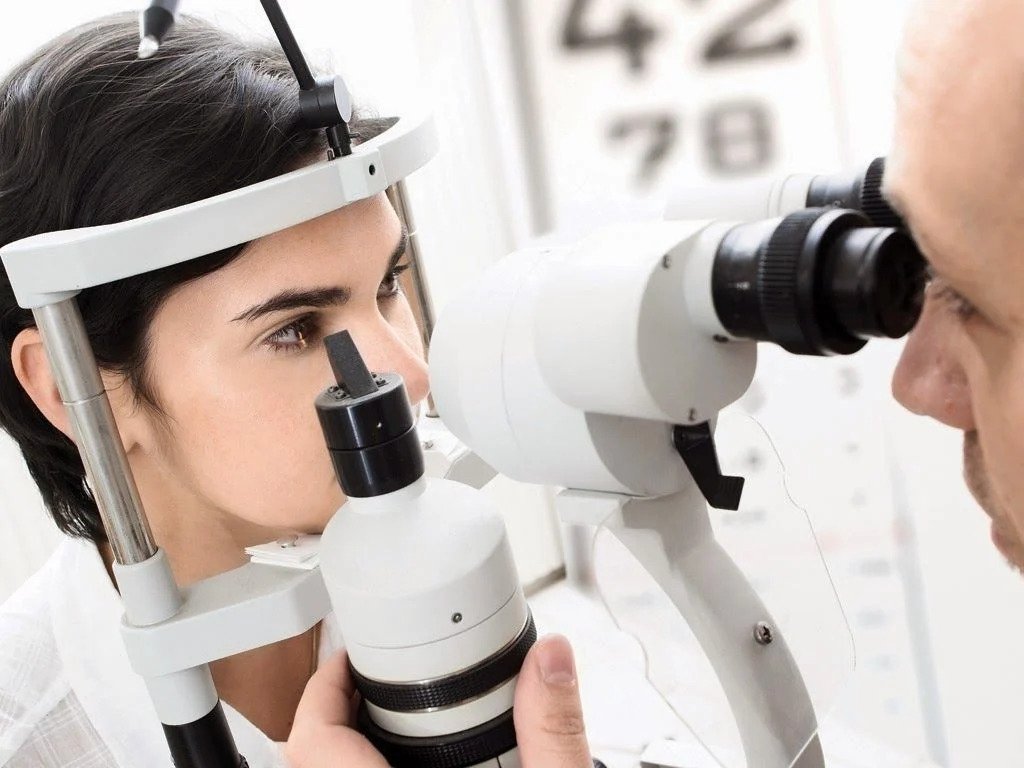
Corneal Transplant
A corneal transplant, also known as a keratoplasty, is a surgical procedure that replaces a damaged or diseased cornea with a healthy one from a donor. The cornea is the clear, dome-shaped outermost layer of the eye, and it plays a crucial role in focusing light onto the retina, which helps us see clearly. When the cornea becomes damaged or diseased, it can cause vision problems or even blindness.
Who Needs a Corneal Transplant?
There are several conditions that can lead to the need for a corneal transplant, including:
Keratoconus: a condition in which the cornea becomes thin and bulges outwards, leading to distorted vision
Fuchs' dystrophy: a condition in which the cells on the inner layer of the cornea die off, causing swelling and clouding of the cornea
Corneal scarring from injury or infection
Corneal degeneration from aging
What Happens During a Corneal Transplant?
Before the surgery, your doctor will perform a thorough eye exam to determine the size and shape of your cornea and to check for any underlying conditions that could affect the success of the transplant.
During the surgery, the damaged or diseased cornea is removed and replaced with a healthy cornea from a donor. The new cornea is held in place with stitches, which are typically removed several months after the surgery.
Recovery from a corneal transplant can take several months, during which time you will need to use eye drops and follow a strict regimen to prevent infection and ensure proper healing.
Risks and Benefits of Corneal Transplants
As with any surgical procedure, there are risks associated with corneal transplants, including:
Infection
Rejection of the new cornea by the body's immune system
Clouding of the cornea (called graft failure)
However, the benefits of a successful corneal transplant can be life-changing, allowing patients to regain clear vision and improved quality of life.
How to Become a Cornea Donor
Cornea donation is a critical component of corneal transplant surgery, as the availability of healthy corneas from donors is essential to the success of the procedure.
If you are interested in becoming a cornea donor, you can contact your local eye bank or organ procurement organization to learn more about the donation process and to register as a donor.
Corneal transplants are a highly effective treatment option for a range of conditions that affect the cornea. If you are experiencing vision problems or have been diagnosed with a corneal condition, talk to your doctor about whether a corneal transplant may be a suitable treatment option for you. And if you are interested in becoming a cornea donor, remember that your donation can make a life-changing difference for someone in need.
What is DSEK?
DSEK is a type of corneal transplant that is used to treat a specific condition called endothelial dysfunction. Endothelial cells are the innermost layer of cells in the cornea, and they are responsible for regulating the fluid balance in the cornea to keep it clear. When these cells become damaged or dysfunctional, they can no longer perform this function properly, leading to corneal swelling and clouding, which can cause vision problems.
DSEK is a relatively new technique that was developed in the early 2000s as an alternative to the traditional full-thickness corneal transplant (also known as a penetrating keratoplasty). The goal of DSEK is to replace only the damaged endothelial cells with a healthy layer of cells from a donor, leaving the rest of the cornea intact.
During a DSEK procedure, a small incision is made in the side of the cornea, and a thin layer of tissue containing healthy endothelial cells is inserted through the incision and positioned over the damaged cells. This new layer of cells is then held in place with an air bubble, which helps to press the new layer of cells against the damaged layer and facilitate healing.
What are the Advantages of DSEK?
Compared to traditional full-thickness corneal transplants, DSEK offers several advantages, including:
Faster recovery: because DSEK only replaces a small portion of the cornea, the healing time is much faster than with a full-thickness transplant. Most patients are able to return to normal activities within a few weeks after the procedure.
Better visual outcomes: DSEK can lead to better visual outcomes compared to traditional transplants, as it only replaces the damaged layer of cells, leaving the rest of the cornea intact. This can lead to clearer vision and a reduced risk of complications such as astigmatism.
Lower risk of rejection: because DSEK only replaces a small portion of the cornea, the risk of rejection is lower compared to traditional transplants, which replace the entire cornea.
What are the Risks of DSEK?
As with any surgical procedure, there are risks associated with DSEK, including:
Infection
Bleeding
Graft detachment
Graft failure
However, the overall risks associated with DSEK are generally lower than those associated with traditional full-thickness corneal transplants.
DSEK is a relatively new and highly effective treatment option for patients with endothelial dysfunction. If you have been diagnosed with this condition or are experiencing vision problems due to corneal swelling or clouding, talk to your doctor about whether DSEK may be a suitable treatment option for you. With its faster recovery time, better visual outcomes, and lower risk of rejection, DSEK offers many benefits over traditional full-thickness corneal transplants.





